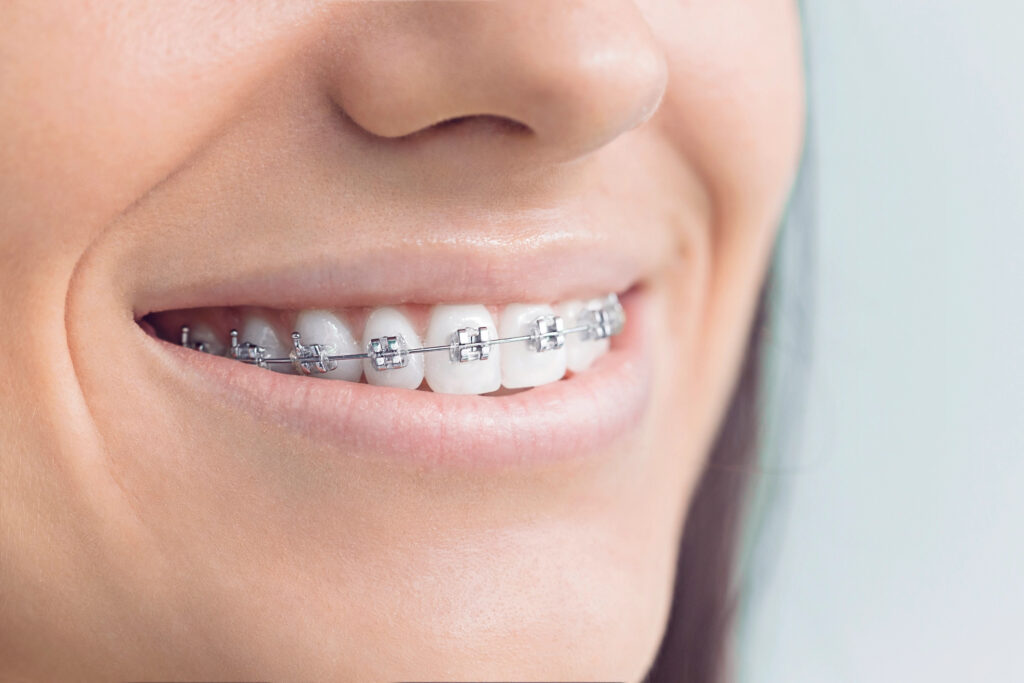Dental midline misalignment correction

Midline teeth misalignment is common among adults — even affecting actor Tom Cruise in 2002. It is characterized by the asymmetry of the upper and lower dental arches.
What are common midline misalignment symptoms?
If you think you have a canted midline, there is a trick you can do at home. Look in a mirror and trace an imaginary vertical line down the center of your face. This line should run between your eyes, over the peak of your nose and between your two front teeth. If the line between your two front teeth is slightly off-center of the imaginary line, you may have midline misalignment.
The following are also symptoms that occur when your dental midlines are not matched:
- Changes in chewing habits
- Jaw pain
- Consistent chipped or cracked teeth
- Headaches
How does midline misalignment happen?
A dental midline misalignment can occur for various reasons, such as:
- Missing teeth: If you lose your baby teeth too early, your permanent teeth may drift to the side to fill the gap. The surrounding teeth will shift similarly if an adult tooth is lost through trauma, decay or underdevelopment.
- Crowding: If your permanent teeth grew in before the jaw and palate had time to mature, your teeth might be overcrowded and overlapped. To compensate for this, your teeth will move to a more comfortable position, though not always the correct one.
- Jaw problems: Issues with your jaw’s structure can significantly affect your teeth. This can include a crossbite, open bite or underbite.
- Bad habits: Continuing your thumb or pacifier-sucking habits after your primary teeth developed as a child can contribute to jaw problems, crowding and midline misalignment.
Why should midline misalignment be addressed?
Thankfully, midline misalignment is not a serious medical concern. The primary reason adults seek treatment is for cosmetic purposes.
However, any time your teeth are misaligned, it can increase your risk of bite complications. If you develop problems with your bite, like the ones listed above, this can cause wear and tear on your teeth. You should address your midline misalignment to prevent issues like tooth decay, jaw pain and gum disease, which may require more complicated treatment.
Our midline misalignment treatment options
The good news is that several midline misalignment treatments have been proven effective. Whether it is cosmetic or has contributed to a bite issue, this condition is highly treatable. At Reflections Orthodontics, we offer treatments such as:
- Braces: A more traditional option, metal braces provide structural support to push and pull teeth back into place. Clear braces are also available.
- Invisalign®: These invisible aligners are more popular among adults, straightening your teeth in a discreet way.
- Dentofacial orthopedics: This procedure can be used for more severe cases of misalignment, working to adjust your teeth and jaw simultaneously.
